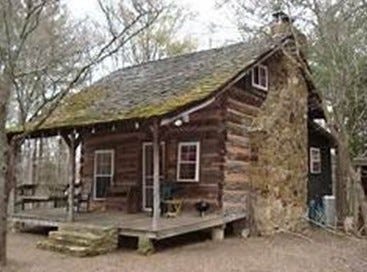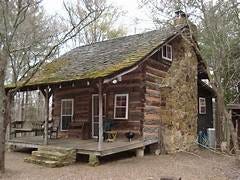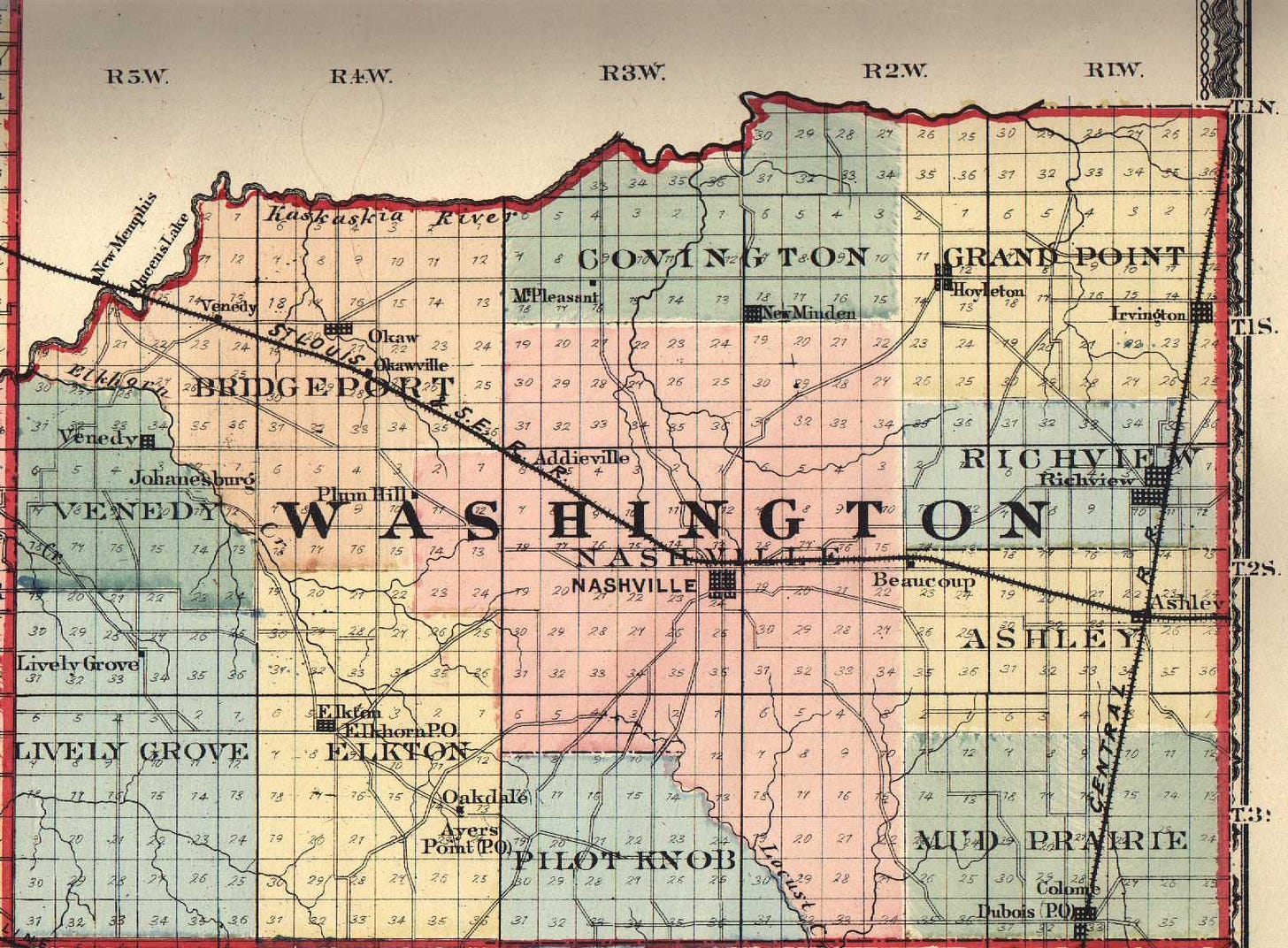Marilyn's Paternal Great-Great-Grandmother - Mary Jane Dyer
An American Frontier Woman's Journey Through War, Motherhood, and Loss
The Life and Times of Mary Jane Dyer Anderson (c.1790–c.1870)
Here’s how I am connected to Mary Jane Dyer:
Mary Jane Dyer’s life began around 1790, likely in the rolling, wooded hills of Virginia — a state still reeling from the Revolutionary War and beginning to stretch westward toward the Appalachian frontier. Born at the beginning of a new century, Mary Jane entered a world both promising and perilous for women. Her parents remain unknown, and so too do the details of her early life. Still, the silence of those years echoes the common fate of many women whose lives, although undocumented, were instrumental in shaping the American frontier.
By the time Mary Jane reached her mid-30s — likely in the late 1820s — she married James W. Anderson. The only surviving marriage record was recorded in 1857 in Washington County, Illinois, long after James had died, a clerical error that perhaps reflects the chaotic paper trails of frontier life. It’s possible she had been married before and widowed young, as women in that era typically married between 18 and 20, often to older men, and sometimes more than once due to the high mortality rate.
James Anderson was a soldier and a planter — and the term "planter" then did not necessarily imply Southern aristocracy, but often denoted any man farming a tract of land, raising crops and children with grit and hard labor. Their homestead would have been a modest one, likely consisting of a log home and a few outbuildings, surrounded by wilderness and farmland they cleared themselves. Living "off the land" wasn’t romantic; it was survival.
Mary Jane endured long stretches alone while James was away serving in conflicts that defined the young nation’s expansion. Between 1810 and 1813, he fought with the Illinois Frontier Soldiers, likely participating in skirmishes with Native American tribes resisting American encroachment on their homelands. This occurred during a tense period in Illinois, before it became a state (statehood was achieved in 1818). Mary Jane would have stayed behind, managing the home, tending to the animals, raising the children, and defending the homestead if needed. Women on the frontier were often left to perform the work of both mother and father — chopping wood, caring for livestock, and defending their families.
In 1830, the young Anderson family was recorded in the U.S. Census in Nashville, Washington County, Illinois. At that time, they had three children — one boy and two girls under the age of 10. Their known son, Thomas William (1827–1899), would grow to live a notable life of his own, and he has a most interesting story that I promise to write about soon, so stay tuned! Another daughter, Mary Jane (1831–1876), would become my 2nd great-grandmother. I have written about her, and you can read that post here. The names of the other children-the ones who show up as tally marks on a census page but vanish afterward—remain a mystery. It is heartbreakingly possible that some of them succumbed to disease or injury, common fates for children in an era when medicine was primitive and child mortality was high.
By 1832, James Anderson was again called to fight — this time in the Black Hawk War, a brief but violent conflict between the United States and Native American warriors led by Black Hawk of the Sauk tribe. Illinois settlers lived in constant fear of attack, and militia units, often consisting of local men like James, were formed to repel perceived threats. It was a time of widespread displacement and suffering for both Native peoples and settlers. Mary Jane, once again, would have borne the strain of his absence while keeping the household intact.
In 1840, the Andersons had expanded their household, as the census lists three sons and two daughters, ranging in age from infancy to late teens. Their homestead in Washington County had likely grown — perhaps a few more acres cleared, maybe even a horse or two. But life was never stable on the frontier. Hard winters, poor harvests, and disease could turn fortune into ruin in a matter of weeks.
Then came the Mexican-American War. In 1847, at the age of 48, James enlisted as a sergeant in Company H of the 2nd Division. That a man of his age and responsibility would leave to fight in such a distant war speaks to either great patriotism, great need, or both. Soldiers in that conflict often faced more danger from disease than from combat, and James was no exception. He died in December 1847, likely far from home. Whether his body was returned is unknown — many were not. Mary Jane became a widow with several children still depending on her.
The decades that followed are murky. Like many women of her time, Mary Jane disappears from the paper trail after her husband’s death. Perhaps she moved in with one of her grown children to help raise her grandchildren. The 1850 and 1860 censuses may yet hold clues, but without a clear listing, we can only speculate.
She is believed to have died around 1870, at the age of nearly 80 — a remarkable age for a woman of her era. If she did indeed pass in Nashville, Washington County, Illinois, she likely lived her final years near the land she and James had once worked together — a land carved from forest and frontier, soaked with effort, and marked by both hardship and hope.
Learning from the past can forever alter how you see yourself.
Sharing stories is one of life’s treasures!






